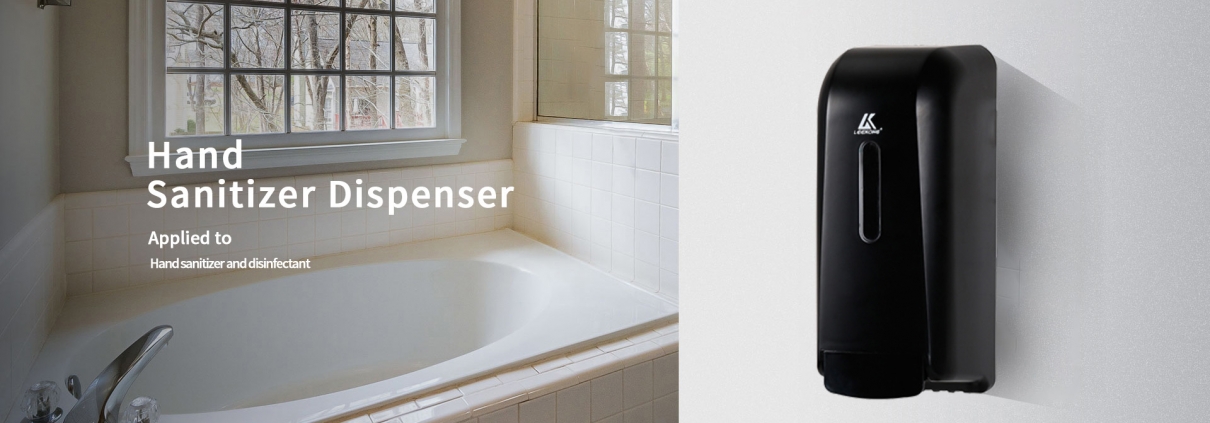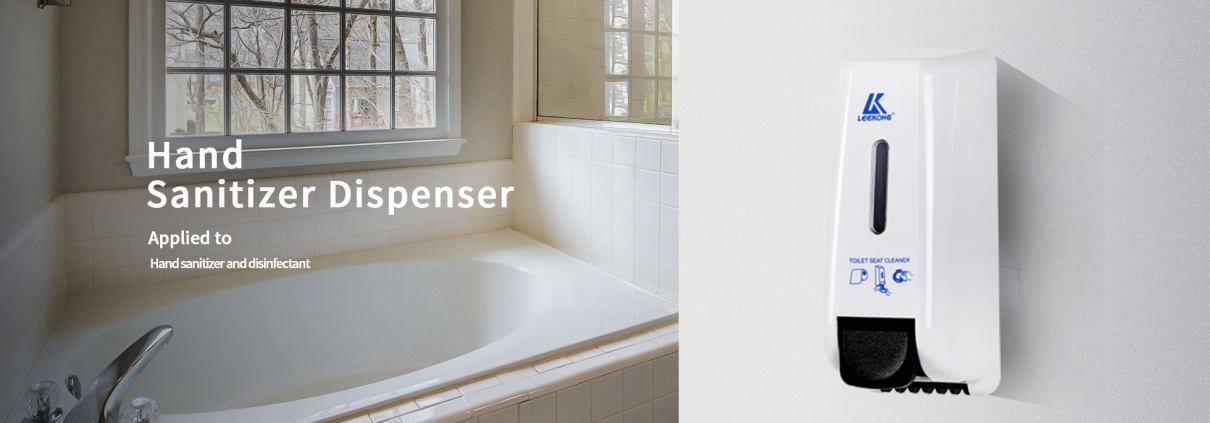A sustainable solution: Biodegradable hand soap
Soap is the most widely used surfactant in most developed countries’ household and personal care sector. As mentioned, surfactants can be subdivided into two classes: natural and synthetic. The difference between them is not in their washing ability but in their feedstock origin, which can be oleochemical or petrochemical. Natural soap is considered to have a natural origin if its formulas comprise vegetable oils and animal fats. Synthetic soap is mainly petroleum-based (e.g., sodium lauryl sulfate (SLS)), hardly biodegradable, and has a high aquatic toxicity potential.
Some of the additional ingredients used in personal care products might result in severe health concerns for humans and the ecosystem. For example, some antibacterial and antifungal agents, such as triclosan (TCS), triclocarban (TCC), fragrances, and preservatives, have been long used in handwashing products . Incorporating such chemical elements into hand hygiene products can substantially increase the extent of human exposure to them and can cause unexpected health risks. Moreover, the intentional or unintentional disposal release of these chemical elements contaminates the environment. As a cross-sectional study, Alhazmi et al. reported that 34.8% of the participants used antibacterial soap against the corona virus. However, the Food and Drug Administration (FDA) has not confirmed that antimicrobial ingredients in hand hygiene products are more effective than other ingredients in different types of soap; they may even cause antibiotic resistance and allergic development.
Increased hand washing has led to the release and accumulation of potentially toxic components into the environment. Accordingly, the industry and research organizations need to find alternative solutions for producing more sustainable and safer soaps that entail a minimum environmental impact and can be formulated with biodegradable materials. Since biodegradable soaps are made of natural materials, they will naturally decompose over time. Therefore, these soaps are an optimal alternative to synthetic soaps for their selectivity, structural diversity, good performance in extreme conditions, mass production potential via fermentation, environmentally-friendly nature. With the green chemistry principle, herbal soaps made of plant-based renewable resources can serve the 17 sustainable development goals proposed by the UN for protection of the planet, since these soaps involve clean energy development, good health, sustainable community development, providing a safe life and high-quality water. The skin and hair can be freshened and protected against different skin and hair problems due to the availability of phytochemicals, including vitamins, proteins, terpenoids, tannins, and other bioactive ingredients. Moreover, biosurfactants are safe and have a variety of biological functions, making them a good option in pharmaceutical and biomedical domains. Since information on the probable toxicity of synthetic antioxidants is emerging, it has been attempted to replace synthetic antioxidants with natural additives, particularly those obtained from plant resources, spices, vegetables, culinary herbs, and agro-industry by-products of oilseeds and fruits, containing high levels of phenolics and other active ingredients. Adigun et al. evaluated the effects of antioxidants from Newfoundland wild berries on natural herbal soap’s shelf life to preserve against lipid oxidation and microbial growth. According to their research findings, considerable amounts of phenolics, saponified neutral lipids, and antioxidants were retained in soaps made of natural additives and wild berry extracts with cold saponification. Furthermore, there was a higher level of total phenolic content and antioxidant activities in natural herbal soaps compared to commercial types, which potentially improves their shelf life. According to various formulas applied to manufacture products, soap packaging materials have been engineered to adequately protect soap during distribution, storage, sale, shipping, and use. Paper, waxed papers, aluminum, and, to some extent, a film such as biaxially oriented polypropylene, polyethylene glycol coated paper, low-density polyethylene, cellophane, and other materials have been used as packaging materials. The analysis of the municipal solid waste demonstrated that containers and packaging waste accounted for 82.2 million tons of the total waste produced in 2018. A study on the environmental impacts of soaps and their associated packaging found that solid and liquid soaps have 0.1% and 2% of the total environmental impact, respectively. As the COVID-19 pandemic has disrupted waste recycling activities, eco-friendly management and handling of packaging waste can help address the challenge faced by the waste management industry. The trouble with soap packaging begins during soap manufacture. Various resources are used in the production and distribution of packaging materials, including water, energy, petroleum, minerals, and chemicals. In the production process of packaging materials, hydrocarbon pollution, heavy metals (e.g., cadmium and lead), and air emissions are generated from pigments. Moreover, this process causes the generation of wastewater and sludge with toxic materials. Many wastes may be generated as a result of packaging and consuming resources in large amounts. A high amount of financial, material, and human resources should be spent to deal with solid wastes. Moreover, packages cause considerable environmental pollution and endangers the human survival environment. After their use, packages are mostly thrown away, buried in landfills, or broken into small pieces and carried by water currents or wind into the environment. Packages transferred to landfills, particularly plastic ones, are not quickly, or sometimes never, degraded. Thus, the chemical constituents of packaging materials, such as dyes and inks in labels, can leak into soil and groundwater. In the United States, some local jurisdictions and states have implemented regulations and laws that influence packaging production, usage, and discarding. These regulations include standards for producing packaging with environmentally-friendly materials with the least need for recycled content, limitations on usages of some specific materials in packaging, and even absolute prohibitions on certain plastic types of packaging. There are major implications for attitudes toward packaging for both environmental and detergent policies. Due to the growing soap demand and since packages are produced and discarded on a large scale during the pandemic, soap manufacturers should use recycling and eco-friendly packaging to conserve and prevent the environment from destruction.




